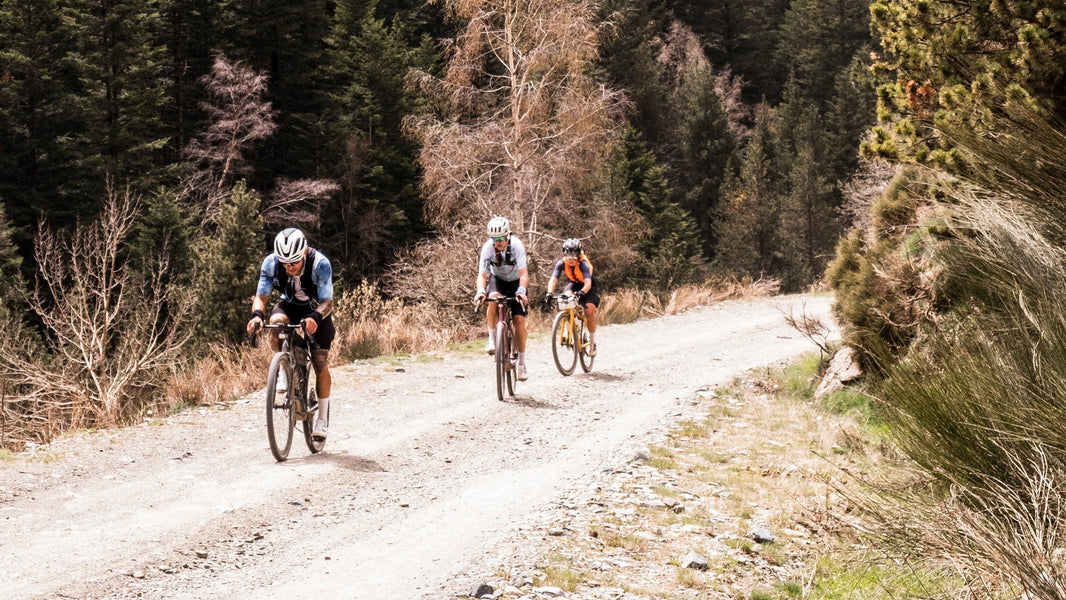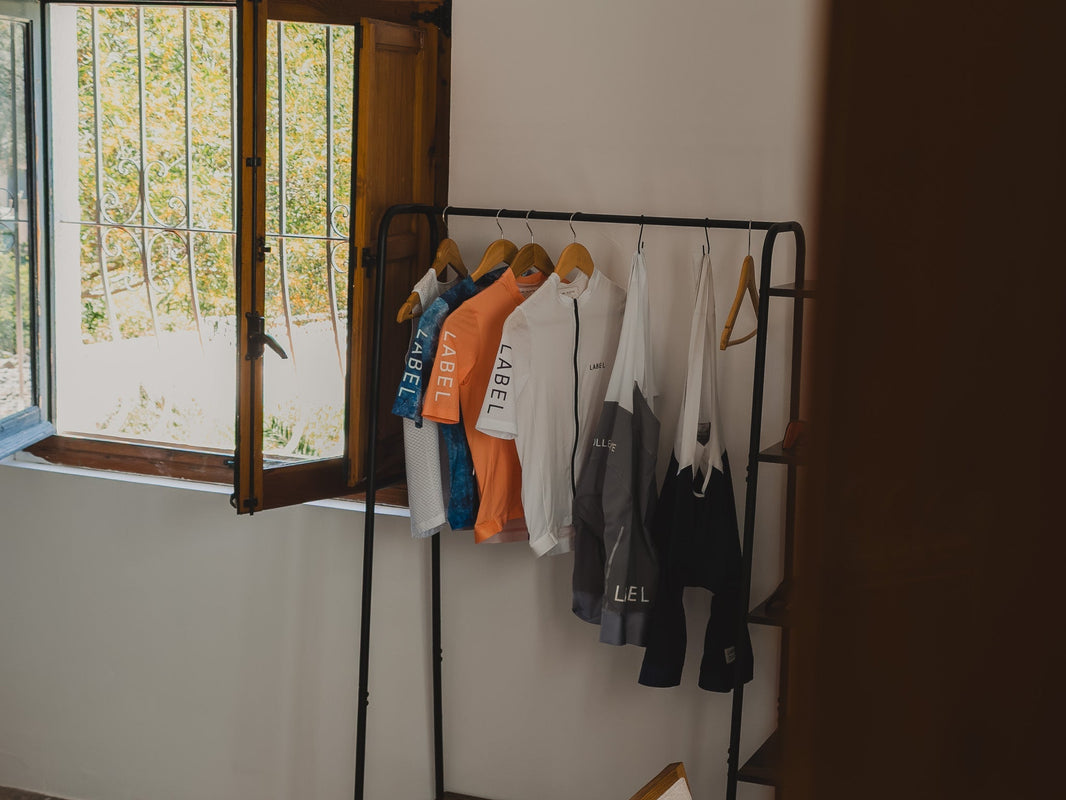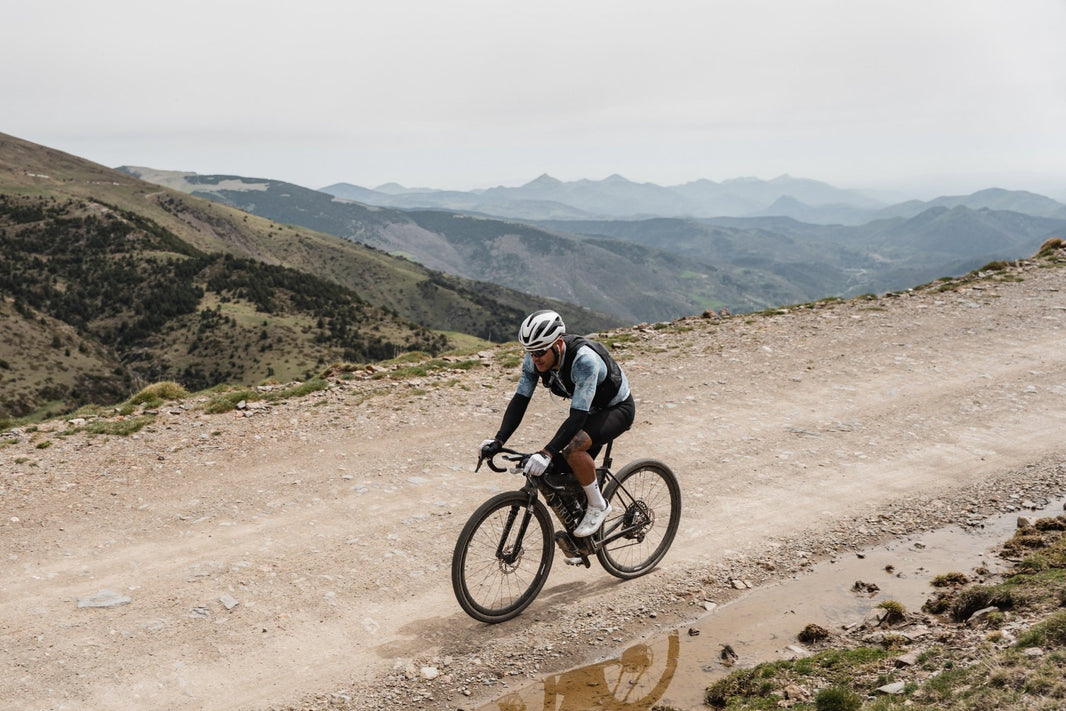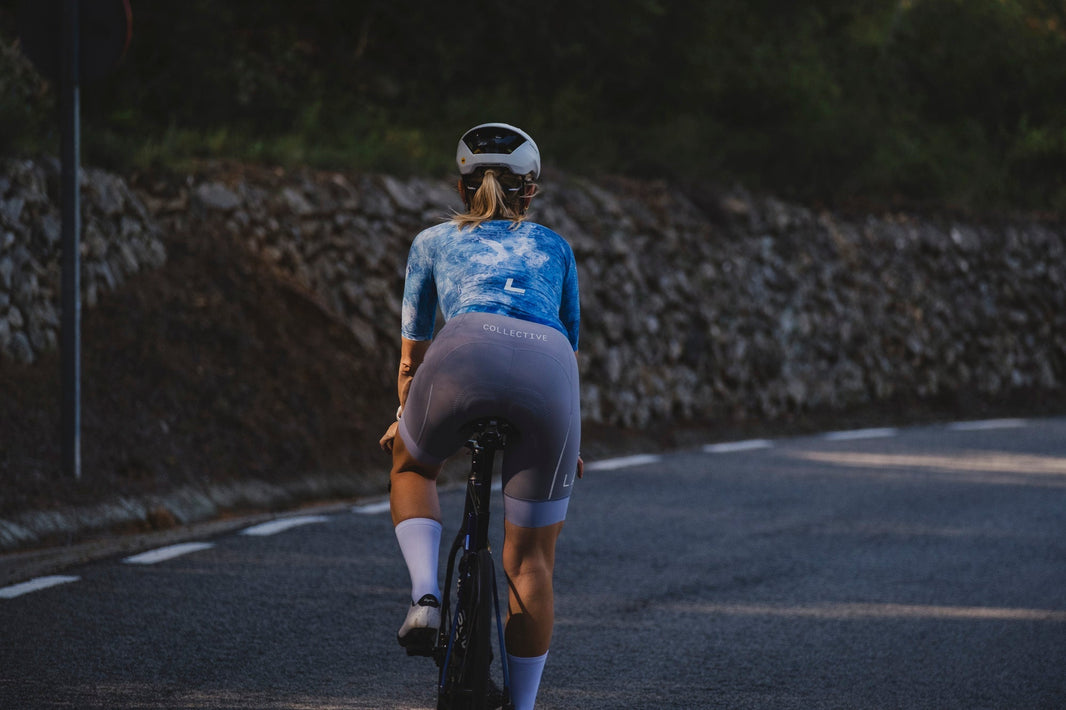If you’ve just bought a bike or are easing into cycling, you’ve probably asked yourself: Do I really need those tight Lycra shorts? Or maybe you’ve seen someone riding with shorts over cycling shorts and thought, “That feels more like me.”
You’re not the only one asking. Most new riders feel unsure about what to wear. Cycling gear can look a bit extreme at first tight-fitting, minimal, and a far cry from the gym clothes or casual activewear you're used to. But what might look odd at first usually has a good reason behind it. Especially when you start riding longer distances.
This guide is here to clear things up. Whether you’re training, commuting, bikepacking, or just figuring things out, here’s what to know about cycling shorts, padded liners, and whether wearing shorts over cycling shorts makes sense for you.
Why Cyclists Wear Lycra in the First Place
Cycling is one of the few sports where the clothing you wear can have a real impact on how far, how fast, and how comfortably you ride. Unlike running, where you might get away with a cotton T-shirt, long-distance cycling demands more from your clothes.
The main reason for this? Time in the saddle. When you’re on a bike for an hour or more, small discomforts grow quickly. Fabric bunching, seams rubbing, or padding in the wrong place can ruin the experience. That’s where cycling shorts come in.
The Role of the Chamois
The padded insert, known as a chamois, is the key feature of any cycling short. It reduces pressure on your sit bones and prevents chafing. A good chamois is breathable, flexible, and made to support your body in the riding position.
Cycling shorts are designed to be worn without underwear. This helps reduce friction and lets the chamois sit where it should. Underwear can trap moisture and cause chafing, especially on hot days or longer rides.
Fabric and Fit
Cycling shorts are made with stretch fabrics like Lycra or elastane. They hug the body, reduce air drag, and move with you. Most are designed with multi-panel construction to contour around your legs, hips, and waist.
Premium shorts use better materials. These offer more compression, wick away sweat faster, and resist UV and bacteria build-up. They also hold their shape longer, even after repeated washing.
Wearing Shorts Over Cycling Shorts: Is It a Good Idea?
Yes, you can wear shorts over cycling shorts, and in some cases, it might even be the better option depending on how and where you ride.
When It Makes Sense
-
Commuting: If you’re riding to work or school, you may prefer not to show up in skin-tight gear. Wearing baggy shorts or even lightweight trousers over your cycling shorts helps you blend in off the bike.
-
Mountain biking: Loose MTB shorts are standard here. They’re rugged, flexible, and often come with removable padded liners underneath.
-
Touring or bikepacking: If you’re off the grid for days, having outer shorts with pockets and more durable fabric makes sense. You still get the comfort of padded liners but with more practicality.
-
Beginners and casual riders: If you’re still unsure about the look or just want to ease in, throwing a pair of gym shorts over cycling shorts is a common starting point.
What to Watch Out For
-
Overheating: Two layers trap more heat. On hot days, this can be uncomfortable or lead to excess sweating.
-
Chafing: If your outer shorts move or bunch, they can rub against your inner layer and cause friction.
-
Limited movement: Some outer shorts might restrict your pedal stroke, especially if they’re not made for cycling.
If you want to try this setup, look for cycling-specific outer shorts with enough stretch, ventilation, and room for a liner underneath. Many MTB brands offer integrated options designed exactly for this use.
Choosing the Right Cycling Shorts: A First-Time Buyer’s Guide
If you’re just getting started, choosing your first pair can feel overwhelming. Here's what to look for:
1. Go Without Underwear
It bears repeating: never wear underwear under your cycling shorts. The chamois is designed to replace it.
2. Set a Realistic Budget
You can find entry-level shorts for around €30, but serious riders often spend €100 or more. The difference? Better padding, better fabrics, and better fit.
Good brands often use Elastic Interface chamois made in Italy, known for ergonomic shape and long-distance comfort.
3. Tight Fit vs Loose Fit
Road cyclists usually wear snug Lycra shorts or bibs. These maximise efficiency and reduce friction.
But if you prefer a relaxed look, baggy cycling shorts with a liner might be better. Look for versions with adjustable waists, reinforced seams, and breathable panels.
4. Men’s and Women’s Versions Matter
Avoid unisex shorts. Men and women have different bone structures, hip widths, and pressure points. A gender-specific chamois makes a big difference.
5. Bib Shorts vs Waistband Shorts
Bib shorts have straps that go over your shoulders. They stay in place and remove pressure from your stomach. Once you try them, most riders don’t go back.
Waistband shorts are easier for bathroom breaks and often more beginner-friendly.
6. Inseam Length
Some shorts stop mid-thigh. Others go almost to the knee. Most riders prefer longer inseams to reduce rubbing and keep the shorts in place.
Shorter styles might suit indoor riding or warmer weather.
7. Colour and Style
Black is safe, matches everything, and hides wear and tear. But cycling shorts come in every colour and pattern. Wear what you feel good in.
When Not to Wear Shorts Over Cycling Shorts
There are some situations where doubling up can do more harm than good:
-
Long road rides: Adding a second layer can interfere with moisture management and cause discomfort.
-
High heat or humidity: You want maximum ventilation. An extra layer will hold heat and sweat.
-
Race or fast group rides: You’ll need the efficiency and performance of streamlined kit.
If modesty is a concern, consider bib shorts with a mesh jersey or sleeveless base layer that offers more coverage. Or choose darker colours and longer jerseys to cover more of your body.
Alternatives to Wearing Shorts Over Cycling Shorts
If you’re not ready to wear tight shorts on their own but don’t want to overheat or deal with friction, here are some ideas:
-
Cycling skorts: No we didn't make that up. Skirt-like outerwear with a built-in padded liner. More common in women’s cycling gear.
-
Capri-length padded tights: Slightly more coverage, without the bulk of full-length tights.
-
Loose-fit commuter pants: Designed for the bike, often with reinforced seat panels and reflective details.
-
Convertible shorts: Some brands offer zip-off styles or hybrid designs that can shift from casual wear to riding gear quickly.
Choose What Works for You
There’s no one-size-fits-all answer. Wearing shorts over cycling shorts is totally fine if it suits your style, your ride, or your comfort level. For some riders, it’s a stepping stone. For others especially mountain bikers and commuters it’s just how they ride.
But over time, as you get used to the saddle, you may find yourself reaching for a single-layer kit more often. Because comfort really is king.
Try different styles. Pay attention to how you feel after a 30-minute ride vs a 2-hour one. And remember: the best gear is the one that keeps you riding.






